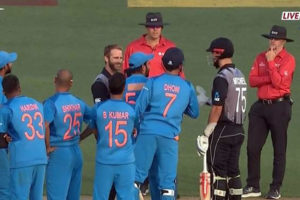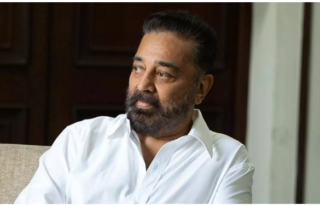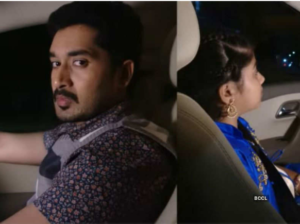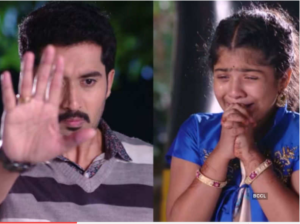 The use of technology in cricket in the form of DRS (Decision Review System) came to existence about a decade ago. Over the years it evolved in solving ninty percent of the problems when a batsman is given out or not.
The use of technology in cricket in the form of DRS (Decision Review System) came to existence about a decade ago. Over the years it evolved in solving ninty percent of the problems when a batsman is given out or not.
But the remaining ten percent has always been controversial and once again it made headlines with the second T20 international match between India and New Zealand.
NZ batsman Daryl Mitchell was caught leg before wicket (LBW) in Krunal Pandya’s final delivery of the powerplay. The on-field umpired declared it as out. However Daryl was sure that it had hit his bat first and then went on to hit the pad. So with confidence he opted for DRS.
Infra Red and Snicko are generally used to check whether there is a bat involved in LBW referrals. In Daryl’s case, there was a mark on the bat but surprisingly the snicko did not detect any sound. The third umpire, Shaun Haig went ahead with the decision made by on-field umpire Chris Brown.
Daryl was completely surprised by both the umpires decisions and expressed his displeasure. Even NZ captain Kane Williamson was not convinced with the decision. This ‘OUT’ sparked a controversy yet again on the use of DRS.
Popular cricket commentator Harsha Bhogle responded to this controversy and tweeted, ‘Once the DRS messed it up there was no solution other than asking the batsman to leave. The 3rd umpire has preferred snicko over hot spot. We haven’t heard the last of this. I can understand if the 3rd umpire says the two resolution methods are in conflict and so I will go with the on-field decision. But he doesn’t say that.’
With the world cup tournament around, ICC needs to come up with clear guidelines as out or not will have a severe effect in a match that could change the course a team.
























